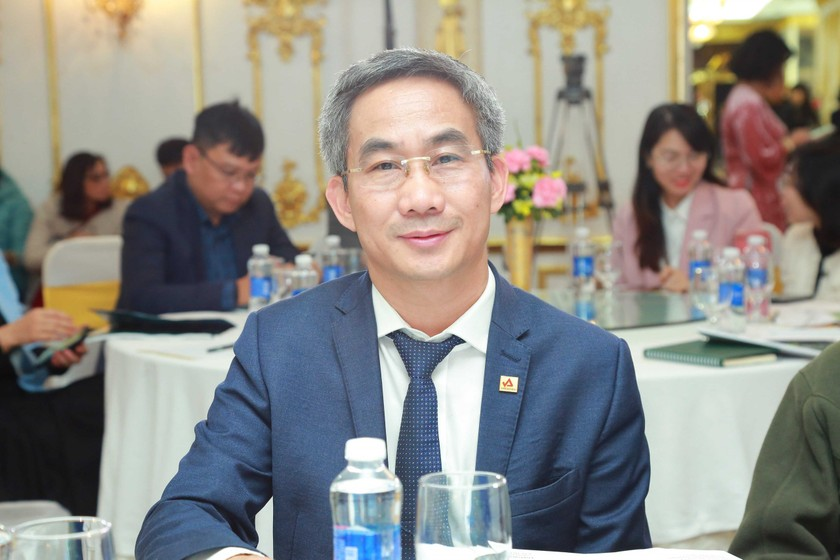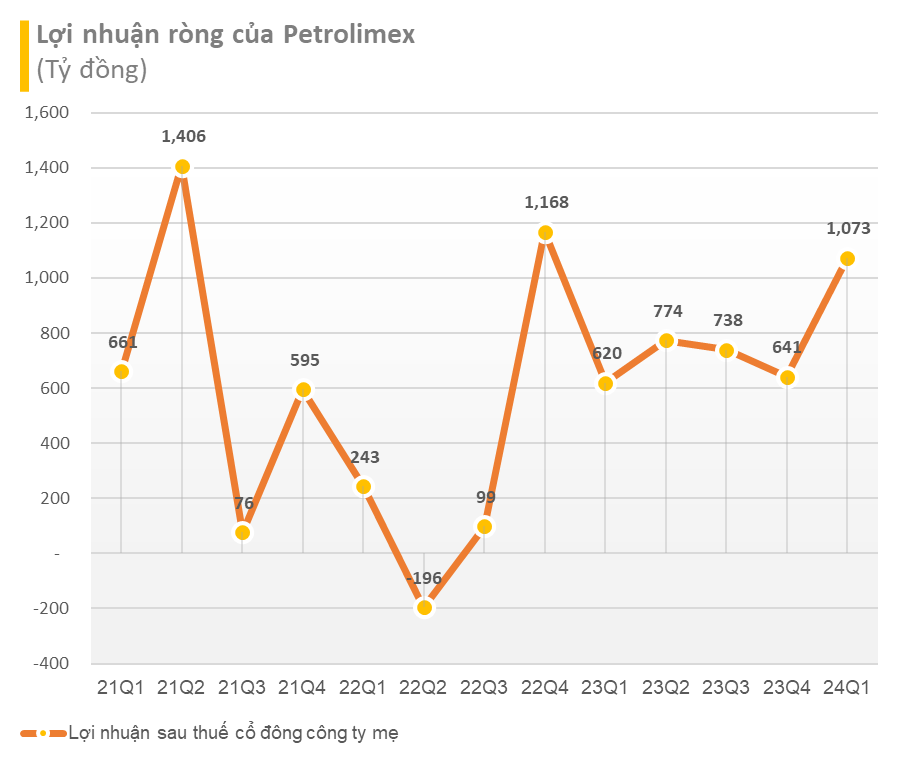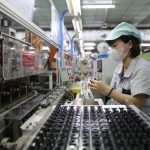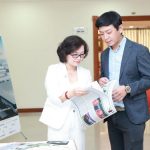According to the Vietnam Association of Realtors (VARS), our country is undergoing rapid urbanization and development. The rate of urbanization has increased from 30.5% in 2010 to over 42.6% in 2023 and is still on the rise. The goal is to reach a minimum of 45% by 2025 and over 50% by 2030.
According to statistics from the Ministry of Construction, as of October 2023, there are 902 urban areas in the whole country, including two special-grade urban areas, 22 Grade I urban areas, 35 Grade II urban areas, 46 Grade III urban areas, and 94 urban areas. Every year, it is estimated that Vietnam’s urban areas increase by 1 to 1.3 million people.
Rapid urbanization creates favorable conditions for economic development, promotes the transformation of labor and economic structures, and changes the distribution of the population. However, in recent times, the process of urbanization, urban planning, construction, management, and development still face many limitations and challenges that vary between regions.
The legal system related to urban construction investment lacks consistency, leading to spontaneous urbanization with no planning, resulting in some urban areas lacking technical and social infrastructure, losing the urban landscape, and negatively impacting the living environment.
Especially in city areas, due to overloaded urban infrastructure, social security is not guaranteed, traffic congestion, environmental pollution, unemployment, and social vices are rampant…
The aforementioned challenges have become evident when some provinces and cities in Vietnam consistently rank at the top for air pollution, causing people to increasingly “crave” green spaces. This is especially true for the younger generation, who have a greater awareness of sustainability.
However, with the current pace of urbanization, green spaces and water bodies are shrinking and disappearing in the urban environment of Vietnam.
According to the Technical Infrastructure Department (Ministry of Construction), the ratio of green area per capita in Vietnam’s urban areas is low, ranging from 2 – 3 m2 per person, while the minimum green area standard set by the United Nations is 10 m2, and the standard for modern cities worldwide is 20 – 25 m2 per person. Therefore, the urban green area ratio in Vietnam is only 1/5 – 1/10 of the world average.

Illustrative image.
According to the Vietnam Association of Realtors, in this context, the development of green cities has become a popular model and an inevitable trend of the future. Developers with financial resources are investing significantly in green spaces, and homebuyers’ awareness of criteria for choosing a place to live have also changed.
In response to this real demand, many developers are investing in green real estate. At present, urban green projects that focus on utilities, human health, and the surrounding environment are becoming a top concern with excellent sales performance compared to other projects.
However, the number of actual projects is still modest compared to the demand and the number of projects built over the past decade. This is because many developers want to create green structures but lack experience. Many developers are concerned that building and developing green projects will increase investment costs by 20-30%, or even higher.
In reality, according to global studies, green projects require an additional investment of 3 – 8% compared to conventional projects, but they can save from 15 – 30% energy consumption, reduce 30 – 35% carbon emissions, save from 30 – 50% water usage, and reduce 50 – 70% waste treatment costs.
In addition, many people still have inaccurate perceptions about green projects. This is also an opportunity for many developers to take advantage of and use the green real estate label to promote and attract more capital and expand their customer base.
Therefore, to realize Vietnam’s goal of green economic growth, VARS believes that government agencies need to develop and implement the evaluation, certification, and issuance of specific certificates for green materials, equipment, and projects using specific numbers and quantification. Various evaluation systems for green projects used worldwide include Edge (from IFC, a member of the World Bank); Green Mark (Singapore); and LEED (USA),…
In addition, promoting awareness, information dissemination, and improving understanding of energy conservation and the use of environmentally friendly devices among relevant groups is also necessary.










































